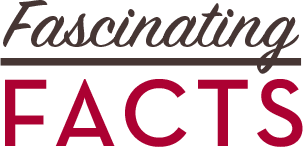Environmental Pioneers
After decades spent witnessing harvests starting earlier and earlier, Champagne became the first wine-growing region… Continue reading

After decades spent witnessing harvests starting earlier and earlier, Champagne became the first wine-growing region… Continue reading